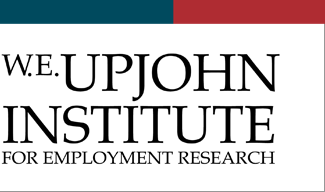Series
Upjohn Institute working paper ; 19-298
DOI
10.17848/wp19-298
Issue Date
February 2019
Abstract
We study the impact of the minimum wage hike in Seattle from $9.47 to $13 on wagebill, labor demand, and firm revenue using administrative data from the state of Washington. We show that the minimum wage affected businesses both at the intensive and extensive margins. At the intensive margin, businesses increased their labor costs and adjusted to the minimum wage by mildly reducing demand for low-wage jobs, but they largely did not pass the increase in labor costs to prices. At the extensive margin, the minimum wage led to higher rates of business exit and shifted the composition of entering businesses towards less labor-intensive businesses. Finally, we find that the extensive margin and the intensive margin effects were of the same order of magnitude, and were equally important for understanding the impacts of the minimum wage.
Subject Areas
LABOR MARKET ISSUES; Wages, health insurance and other benefits; Minimum wage
Get in Touch With The Expert
Want to arrange to discuss this work with the author(s)? Contact our .
Included in
Citation
Jardim, Ekaterina and Emma van Inwegen. 2019. "Payroll, Revenue, and Labor Demand Effects of the Minimum Wage." Upjohn Institute Working Paper 19-298. Kalamazoo, MI: W.E. Upjohn Institute for Employment Research. https://doi.org/10.17848/wp19-298

